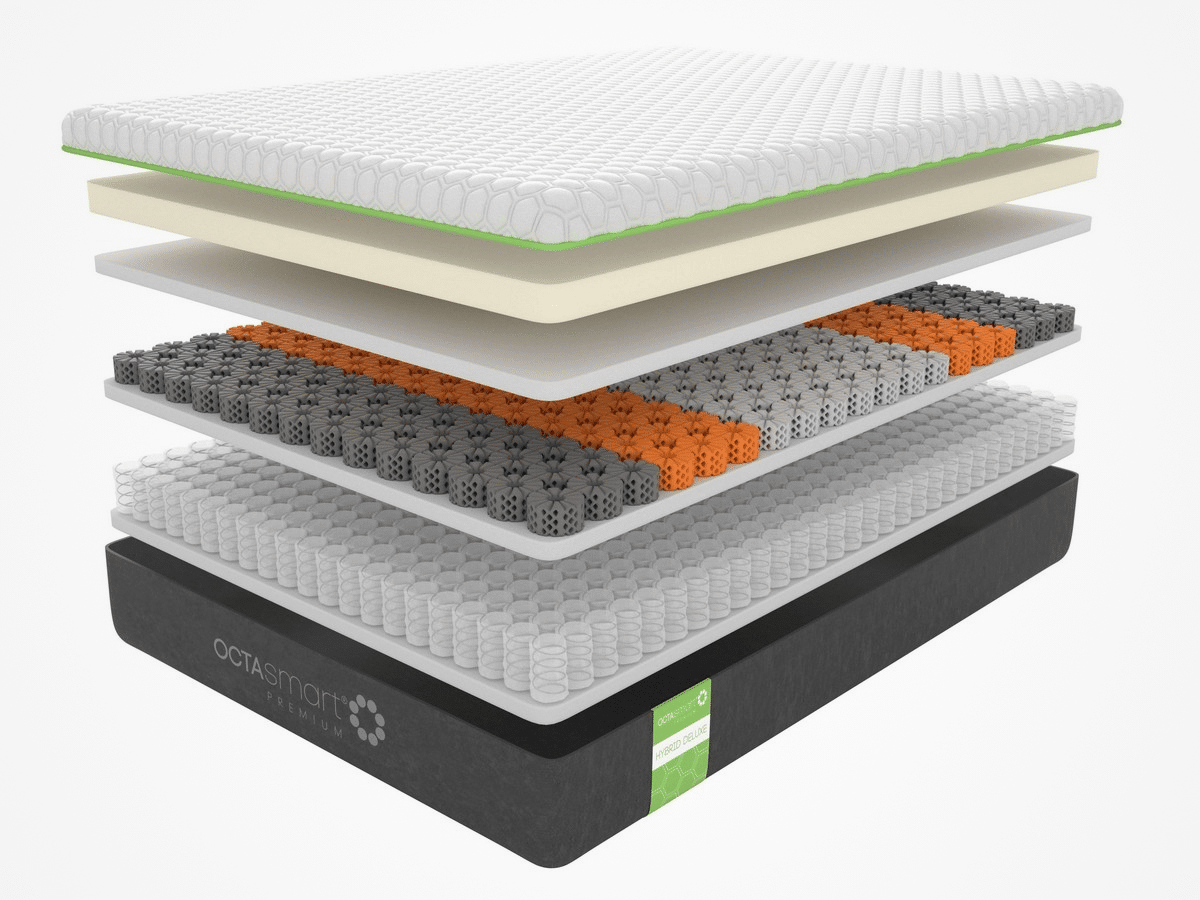Whether it’s the humming of electric appliances, noisy neighbours, whizzing traffic, or people slamming doors in your household, unwanted noise can disrupt your sleep and relaxation in the bedroom.
Creating a quieter space will help you rest better and improve your relationship with your bedroom. The question is, how?
Fortunately, you can use several effective strategies to reduce noise levels and transform your bedroom into a peaceful sanctuary, ranging from simple DIY solutions to more comprehensive soundproofing measures.
We provide more colour below.
Know your noise frequencies
Your bedroom’s nuisance noises will have a high or low frequency. Knowing your noise frequencies allows you to choose the appropriate solutions.
- Low-frequency noises include traffic, bass sounds, aeroplanes, thunder, electric appliance vibrations, and other deep, rumbling sounds. They require dense, heavy materials like mass-loaded vinyl or thick insulation to deaden.
- High-frequency noises include squeaky doors, alarms, whining electrics, ticking clocks, and whistling through windows and eaves. They are solvable with lighter, porous materials and usually require less effort.
Noise treatments for your bedroom
Double up on window coverings
Installing thick curtains plus a roller blackout blind will help to reduce noise transfer into your bedroom from nuisances outside.
Curtains with bonded interlining are ideal for thickness—they don’t offer a full blackout, but that’s what the roller blind is for. Made-to-measure products are the ideal options for a premium finish and lots of design choices.
Ditch your noisy bed
It could be your bed frame or mattress making noises that keep you awake – in any case, it’s worth upgrading for better sleep.
A quality pocket spring or hybrid mattress won’t make a sound, or you can get a pure foam mattress to guarantee a silent sleep surface.

Pictured: Internal Components of the Dormeo Octasmart Premium Hybrid Deluxe Mattress.
Octaspring® technology at the heart of the mattress are hundreds of 5cm Octasprings® which work together to support and cradle every inch of your body 3-dimensionally, adapting to alleviate pressure from the back, hips & shoulders.
If your bed is squeaking, try tightening the bolts and spraying WD-40. If that doesn’t work, consider buying a new bed frame to banish annoying noises for good.
Door insulation
Install a comprehensive door seal kit, including weatherstripping around the frame, a door sweep at the bottom, and a soundproof threshold.
This combination minimises sound leakage through gaps, addressing noises from hallways, living areas, or other bedrooms.
Door replacement
If your bedroom door is hollow, you could upgrade to a solid core door to significantly reduce noise transfer into your bedroom.
An FD30 solid core door (fire-rated for 30 minutes) should fit your existing door frame, as these models are usually 44/45mm thick.
Seal your windows
If your windows leak, sealing them with foam stripping will prevent high winds from whistling and keeping you awake.
Self-adhesive foam weather strips are easy to apply to the inside frame of any window and last for at least a few seasons.
Embrace white noise
Position a high-quality white noise machine (or your smartphone) near the problematic noise source (e.g., a shared wall or window).
White noise masks both internal and external disturbances by creating a consistent sound environment, making sudden noises less noticeable and disruptive.
Bookcase as a sound barrier
Place a large, fully stocked bookcase against the noisiest wall—the books and shelving will act as an effective sound absorber for various frequencies.
For maximum results, use felt pads under the bookcase to prevent vibration transfer and fill gaps between books with acoustic foam.
Vibration isolation for furniture
Use rubber isolation pads under bed legs, dressers, and nightstands to reduce vibration transfer from the floor.
Isolating your bed frame with rubber pads effectively reduces vibrations from electric appliances in other rooms.
Insulate your attic space
Take a peek inside your attic and measure the thickness of the rock wool or fibreglass insulation covering the floor. It should be at least 27cm thick (a rule that came into place in 2003 for new builds), although some experts recommend over 50cm.
Adding more insulation will help reduce sounds transferring through your roof from outside into your bedroom. It’ll also help regulate your home’s temperature.
Published by: Khy Talara



















